![iScooter Expert Tips for Your First Scooter [Beginner's Guide]](http://www.iscooterglobal.co.uk/cdn/shop/articles/i9max_Automatic_headlights_{width}x.jpg?v=1763113197)
iScooter Expert Tips for Your First Scooter [Beginner's Guide]
Starting your journey with a scooter—whether it’s a classic kick scooter or a modern electric model—is exciting, but choosing the right one and learning how to ride confidently can feel overwhelming at first. That’s why getting the right first scooter advice is essential. As a beginner, you’ll want to understand which features truly matter, how to stay safe from day one, and what makes a scooter comfortable and reliable for your needs.
This guide provides the most practical first scooter advice, helping you avoid common mistakes and make smart decisions from the start. Whether you're buying your first scooter or preparing for your first ride, this guide offers everything you need to know to begin with confidence.
Types of Scooters: First Scooter Advice for Choosing the Right Type
Choosing the right type of scooter is one of the most important steps for beginners. Each scooter style is designed for different skill levels, riding environments, and purposes. Understanding these differences is key to following reliable first scooter advice and selecting a model that’s safe, comfortable, and perfect for your first ride.
Three-Wheel Scooters

Three-wheel scooters are the most beginner-friendly option, especially for younger riders. With two wheels in the front or back, they provide excellent balance and stability, making it easier to learn basic steering and confidence on smooth paths. Their intuitive “lean-to-steer” design helps new riders develop coordination at a comfortable pace.
Two-Wheel Scooters
Traditional two-wheel scooters are perfect for kids who already have good balance and coordination. These models require the rider to push off the ground, offering a classic scooter experience. Lightweight and easy to control, they’re ideal for school commutes, neighborhood rides, and building core riding skills.
|
Image |
 |
 |
|
Model |
||
|
Recommended Age |
6+ years (suitable for supervised 5-year-olds) |
6–12 years |
|
Speeds |
2 (6 / 9 MPH) |
3 (3 / 6 / 10 MPH) |
|
Motor |
100W |
150W |
|
Max Range |
4.3 miles |
6.2 miles |
|
Max Usage Time |
– |
60–80 minutes |
|
Handlebar Type |
Adjustable |
Adjustable |
|
Braking |
Rear wheel fender foot brake |
Dual braking system (E-brake + footbrake) |
|
Wheel Size & Material |
5.5 in solid flashing PU + rubber |
6 in flashing PU + rubber |
|
Net Weight |
10.1 lbs (4.6 kg) |
17.6 lbs (8 kg) |
|
Gross Weight |
12.1 lbs (5.5 kg) |
21 lbs (9.5 kg) |
|
Max Load |
110 lbs (50 kg) |
154 lbs (70 kg) |
|
Scooter Dimensions (L×W×H) |
28.5 × 14.2 × 36.8 in |
32.3 × 14.4 × 38.8 in |
|
Battery |
18V 2.6Ah |
18V 2.6Ah |
|
Charging Type & Time |
Magnetic charging, 3–4h |
100–240V, 2–3h |
|
Waterproof Rating |
– |
IP54 |
Stunt Scooters
If you plan to explore skateparks or want a scooter built for jumps and tricks, a stunt scooter is the right pick. These are constructed with reinforced decks, stronger handlebars, and durable wheels to withstand impact. While not designed for long-distance rides, they’re perfect for beginners interested in freestyle riding.
|
Image |
 |
 |
 |
|
Model |
|||
|
Price |
£188.99 |
£198.99 |
£339.99 |
|
Motor |
350 W |
350 W |
500 W |
|
Maximum Range |
12 miles (20km) |
18.6 miles (30km) |
24.8 miles (40km) |
|
Top Speed |
15.5mph (25km/h) |
18.6mph (30km/h) |
21.7mph (35km/h) |
|
Battery Capacity |
5.2 Ah (187Wh) |
7.5 Ah (270Wh) |
10.4 Ah (374.4Wh) |
|
Suspension |
None |
None |
Front and Rear |
|
Wheel Type |
Pneumatic |
Honeycomb |
Honeycomb |
|
Net Weight |
26.4 lbs (12 kg) |
26.4 lbs (12 kg) |
34 lbs (15.45 kg) |
|
Water Resistance |
IP54 |
IP54 |
IP54 |
|
Load Capacity |
220lbs(100kg) |
220lbs(100kg) |
264lbs(120kg) |
|
APP |
None |
Tuya APP |
MiniRobot |
|
Climb Ability |
15% |
15% |
20% |
|
Tire Size |
8.5'' |
8.5'' |
10'' |
|
Driver |
Rear |
Front |
Front |
Electric Scooters for Adults
Electric scooters provide powered riding using a rechargeable battery, making them great for longer distances or older kids and teens. They offer smooth acceleration and less physical effort, but they require responsible use and supervision for younger riders. Beginners should start with models that have moderate speeds and reliable braking systems.
|
Image |
 |
 |
 |
 |
 |
 |
|
Model |
||||||
|
Price |
£348.99 |
£388.99 |
£428.99 |
£488.99 |
£678.99 |
£548.99 |
|
Motor |
800 W |
800 W |
800 W |
1000 W |
2000 W |
1200 W |
|
Maximum Range |
31miles(50km) |
25miles (40km) |
31miles (50km) |
34.2miles (55km) |
50miles(80.5km) |
31.1-37.3 miles / 50-60 km |
|
Top Speed |
25 mph (40km/h) |
25 mph (40km/h) |
28mph (45km/h) |
28mph (45km/h) |
38mph(61km/h) |
28mph (45km/h) |
|
Battery Capacity |
17.5Ah (630Wh) |
10 Ah (480Wh) |
15 Ah (720Wh) |
15 Ah (720Wh) |
17.5 Ah (840Wh) |
17.5 Ah (840Wh) |
|
Suspension |
Front and Rear |
Front and Rear |
Front and Rear |
Front and Rear |
Front and Rear |
Dual front and rear suspension |
|
Wheel Type |
Pneumatic |
Pneumatic |
Honeycomb |
Pneumatic |
Pneumatic |
Pneumatic off-road |
|
Net Weight |
44 lbs (20 kg) |
48.5 lbs (22 kg) |
57.43lbs (26.05kg) |
60.16lbs (27.29kg) |
73.85lbs(33.5kg) |
54.9lbs (24.9kg) |
|
Water Resistance |
IP54 |
IP54 |
IP54 |
IP54 |
IPX4 |
IPX4 |
|
Load Capacity |
264lbs(120kg) |
264lbs(120kg) |
330lbs(150kg) |
330lbs(150kg) |
330Ibs(150KG) |
330Ibs(150KG) |
|
APP |
iScooter |
Minirobot APP |
Minirobot APP |
None |
Minirobot APP |
None |
|
Climb Ability |
20% |
25% |
25% |
25% |
35% |
35% |
|
Tire Size |
10'' |
10'' |
10'' |
10'' |
10'' |
11'' |
|
Driver |
Rear |
Rear |
Rear |
Rear |
Rear |
Rear |
How to Choose Your First Scooter: Essential First Scooter Advice
Choosing your first scooter is just as important as learning how to ride it. Once you’ve mastered the basics, the next step is selecting a scooter that matches your lifestyle, skill level, and daily needs.
1. Define Your Riding Purpose
Before choosing a scooter, consider how you’ll use it. First scooter advice: For casual rides, a lightweight model is enough; for commuting or rough terrain, choose durability, stronger brakes, and better comfort features.
-
For casual weekend cruising, a basic, lightweight model is usually enough.
-
For everyday travel, longer distances, or rougher terrain, look for a scooter with higher durability, stronger brakes, and better comfort features.
Understanding your riding purpose will help you narrow down the right model from the start.
2. Choose the Right Size and Fit
Comfort and safety start with proper sizing. Your scooter should match your height and posture. Proper sizing is critical first scooter advice to ensure balance and stability.
-
You should be able to stand or sit comfortably without leaning forward or overstretching to reach the handlebars.
-
Check your balance: if the scooter feels too tall, too short, or unstable, it may impact your control on the road.
A scooter that fits your body well makes learning easier and riding much safer.
3. Consider Weight and Portability
Weight is a key factor—especially for beginners.
-
Lightweight scooters are easier to carry up stairs, load into a car, or push manually if the battery runs out.
-
Heavier scooters often provide better stability and performance, which can be helpful for commuting or uneven routes.
Choose a weight that matches your strength, comfort level, and daily routine.
4. Check Build Quality and Safety Features
Your scooter’s construction directly affects your riding experience. Always inspect:
-
Frame strength: Look for durable materials that can withstand daily use.
-
Braking system: Reliable brakes are essential for a safe beginner-friendly ride.
-
Tyres: Quality tyres improve grip, comfort, and control, especially on varied terrain.
A well-built scooter ensures long-term performance, safety, and confidence every time you ride.
5. Prioritize Comfort and Long-Term Safety
While style and design are appealing, your first scooter should prioritize safety, stability, and comfort over style. A stable deck, responsive brakes, and strong components are essential first scooter advice for building confidence.
6. Consider Battery Life and Motor Power
Battery range and motor strength are key factors in choosing your first e-scooter:
-
Range: Choose a model that comfortably covers your daily distance with extra margin.
-
Motor power: A stronger motor improves acceleration, hill-climbing, and stability.
Beginners who plan to ride long distances or encounter hills should avoid ultra-budget models with weak motors.
7. Budget Wisely
Your budget should reflect how often and where you plan to ride. Entry-level e-scooters are great for testing the waters, but frequent commuters and riders who need durability may benefit from models with stronger components and higher-quality parts. For beginners, investing in a reliable brand can save money on repairs and replacements over time.
8. Research and Compare Before Buying
Read reviews and watch comparisons, especially on range, braking, tyre quality, and overall reliability. This first scooter advice helps you choose a model that matches your needs and avoids beginner pitfalls.
If you want a trusted starting point, iScooter models are frequently praised for their durability, beginner-friendly design, and strong value for the price. Checking iScooter reviews gives you a clear idea of what a reliable first e-scooter should offer.
Essential Safety Tips for First-Time Riders
Wear a Properly Fitted Helmet
Your helmet is the most important piece of safety equipment for any first-time rider. A well-fitted helmet dramatically reduces the risk of head injuries and should always be worn, even for short rides. Make sure it sits level, feels snug, and meets recognised safety standards.
Use Essential Protective Gear
Beginners are more likely to lose balance or fall, which is why additional protection is key. Equip yourself with knee pads, elbow pads, and wrist guards to reduce impact and prevent common injuries. This protective gear gives new riders confidence and helps them stay safe while learning proper control and braking techniques.
Check the Scooter’s Weight Limit
Every scooter comes with a maximum weight capacity, and exceeding it can compromise both safety and performance. Riding within the recommended weight limit ensures better stability, smoother handling, and long-term durability of the scooter. Always confirm the weight capacity before your first ride to avoid unnecessary risks.
Common Beginner Mistakes & How to Avoid Them
New e-scooter riders often face the same early challenges, but most are easy to avoid with the right techniques. Understanding these common mistakes will help you stay safer, build confidence faster, and enjoy a smoother first-ride experience.
Acceleration and Braking
-
Rushing the throttle: Many beginners accelerate too quickly, causing sudden jolts. Instead, apply gentle, gradual pressure to build speed smoothly.
-
Braking too hard: Slamming the brakes—especially the front brake—can cause loss of control. Brake gradually with both brakes and lean back slightly for stability.
-
Not practicing first: Before riding in traffic, spend a few minutes in a safe open area to learn how your brakes respond.
Control and Posture
-
One-handed riding: Riding with one hand greatly reduces stability. Always keep both hands on the handlebars.
-
Poor posture: Standing stiff or with feet too close together affects balance. Keep your feet shoulder-width apart, knees bent, and body relaxed.
-
Turning only with handlebars: Sharp handlebar turns feel unstable. Lean your body gently into turns to stay in control.
Other Common Mistakes
-
Over-leaning: Leaning too far into turns can cause you to tip. Keep movements light and controlled.
-
Ignoring road conditions: Wet, icy, or uneven surfaces are hazardous. Slow down and stay alert.
-
Skipping practice rides: Start in a quiet, open area before navigating busy paths or roads.
Conclusion
Getting the right first scooter advice can make all the difference in how confidently and safely you begin your riding journey. By understanding the basics, you set yourself up for a far more enjoyable experience. Every rider starts somewhere, and with a bit of preparation and patience, you’ll quickly build the skills needed to ride with ease.
Use this first scooter advice as your foundation, take time to practice in a safe area, and soon your scooter will feel like a natural extension of you. If you’re ready to take the next step, explore beginner-friendly models and continue learning to make every ride smoother, safer, and more fun.
FAQs
How to ride a scooter for the first time?
For beginners, start in a safe, open area. Place one foot on the deck, keep both hands on the handlebars, and push off gently. For electric scooters like the iScooter i9, i9Max, or i10Plus, begin with slow throttle pressure and practice braking gradually to get used to the scooter’s speed and motor power.
What is the first trick to learn on a scooter?
The easiest trick for beginners is the basic bunny hop, which improves balance and control. Lightweight models like the iScooter iX3 or iX4 are ideal because their stable design and smooth suspension make learning safer and easier.
Is it hard to ride a scooter for beginners?
Not at all—especially with beginner-friendly models like the iScooter i8 or i9, which have manageable speeds (15–18 mph) and stable pneumatic or honeycomb tires. With a little practice, even first-time riders quickly gain confidence and control.
At what age should a child be able to ride a scooter?
Children can start around 5–6 years old with supervision. Models like the iScooter IK1S (6+ years) and IK3 (6–12 years) are designed for young riders, offering adjustable handlebars, safe speed limits, and dual braking systems to make learning fun and safe.
iScooter E Scooter Collections:
Electric Scooter | Kids Electric Scooter | Electric Scooter for Adults | Electric Scooter with Seat | Off-Road Electric Scooter | Foldable Electric Scooter | Girls Electric Scooter | 1000W Electric Scooter | 2000W Electric Scooter | Boys Electric Scooter | Dual Motor Electric Scooter | Big Electric Scooter | Electric Scooter with Suspension | Lightweight Electric Scooter | Commuter E-Scooters | 3 Wheel Electric Scooter
Show more ▼iScooter E Bike Collections:
Foldable Electric Bike | Affordable Cheap Electric Bike | Electric Bike for Adults | Electric Motor Bikes | Trek Electric Bike | Fastest Electric Bike | Electric Road Bike | Full Suspension Electric Mountain Bike | Giant Electric Bike | Womens Ladies Electric Bike | Mens Electric Bike | Electric Bike with Throttle | Electric Gravel Bike | Electric Mountain Bike UK | Fat Tyre Electric Bike | Electric Hybrid Bike | Electric Motorised Bike | Electric Push Bike | 1000W Electric Bike | Cool Electric Bikes | Electric Off Road Bike | Pedal Assist Electric Bike | Good Electric Bikes | Small Electric Bike | Trek Electric Mountain Bike | 2000W Electric Bike | Full Suspension Electric Bike | Mini Electric Bike | Road Legal Electric Bike | Step Through Electric Bike
Show more ▼👍 Buying Guide | 🚴♂️ Riding Guide
📋 Feature Guide | ❓ Common problem
Product category
Electric Scooter
Cheap Electric Scooters for Adults | Fastest Electric Scooter | Kids Electric Scooter | Mini Electric Scooter
































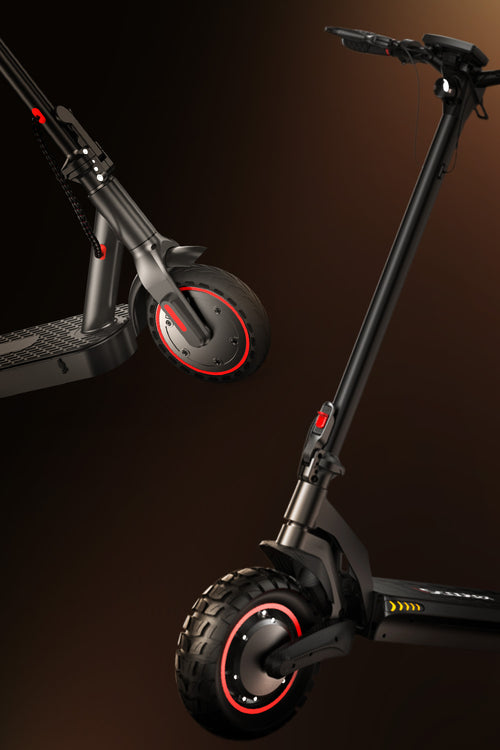
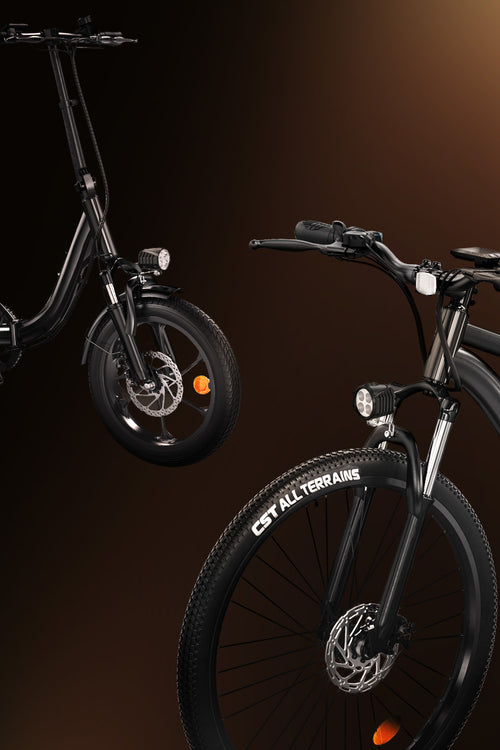








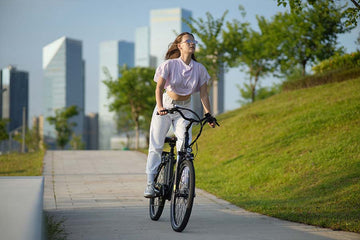
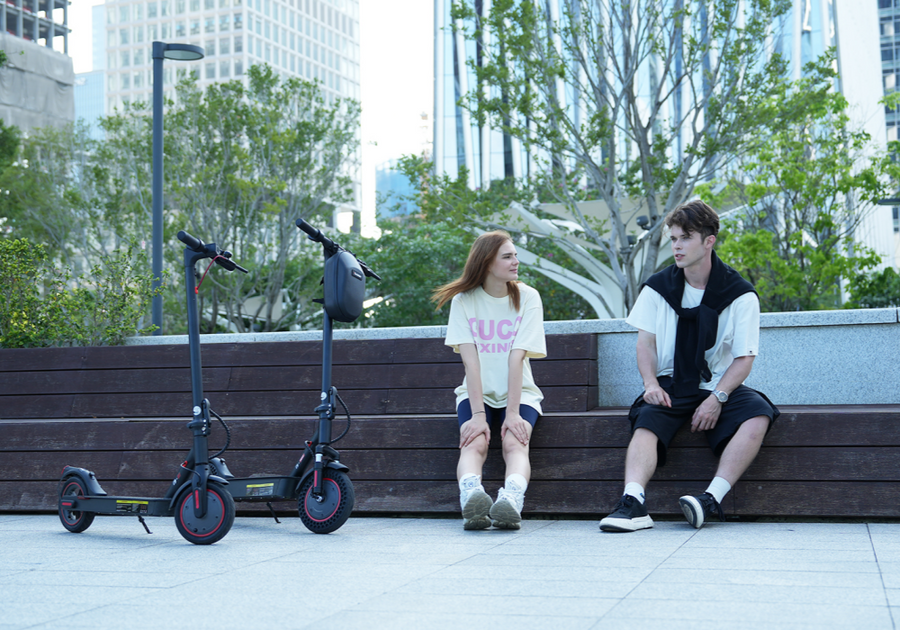



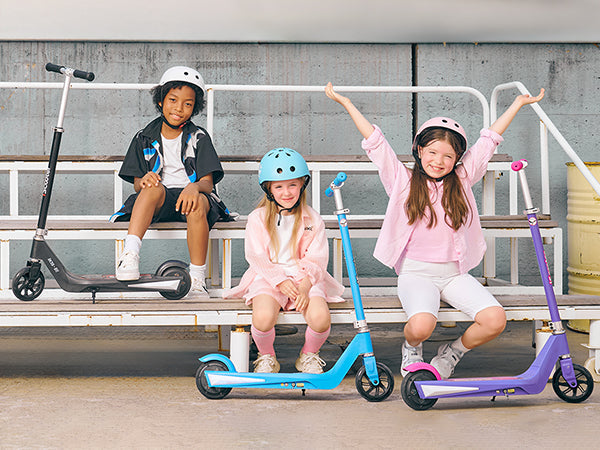
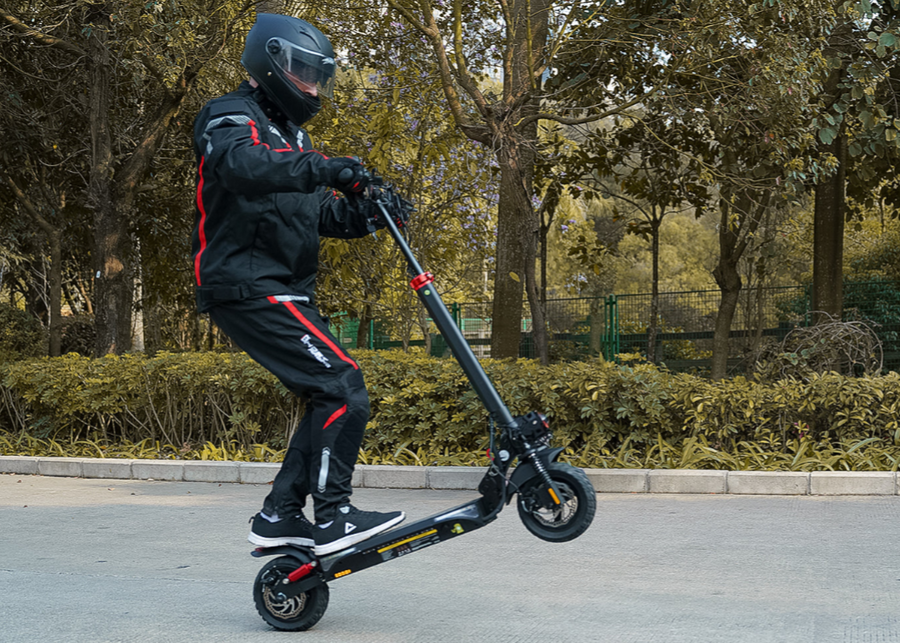
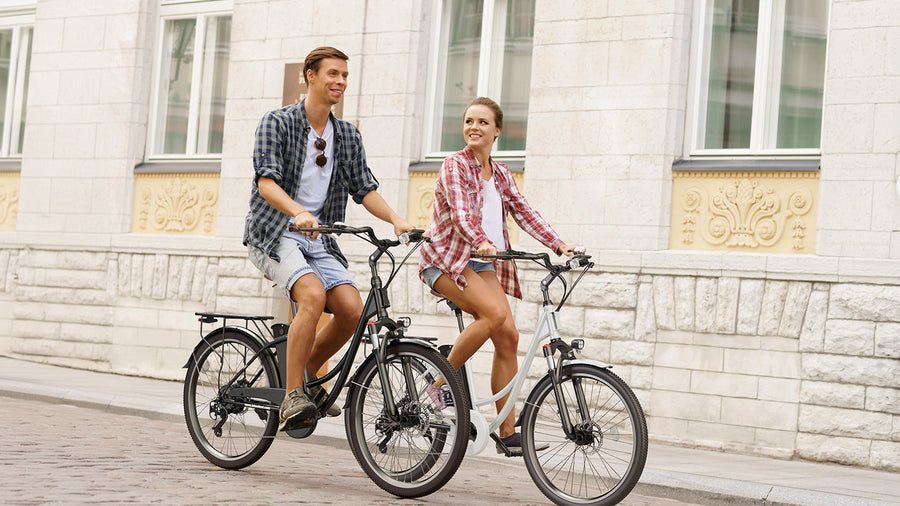
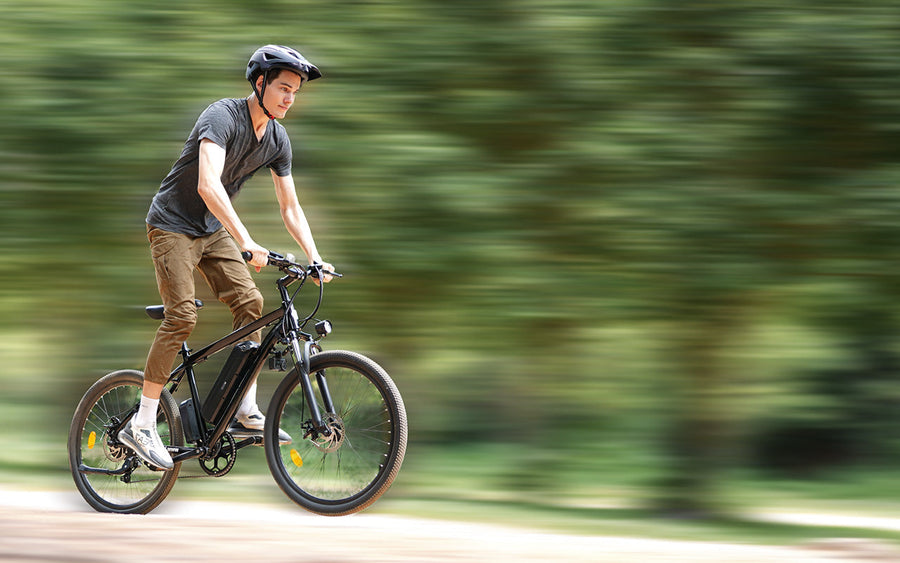

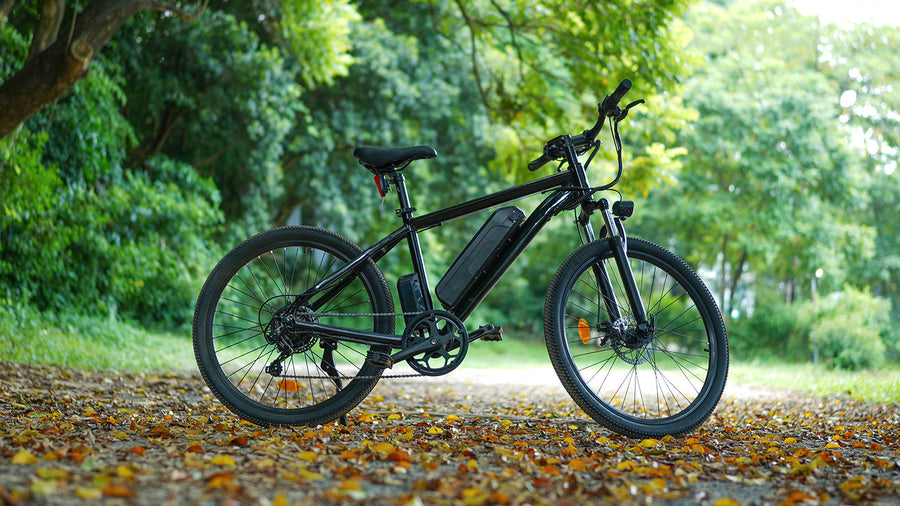
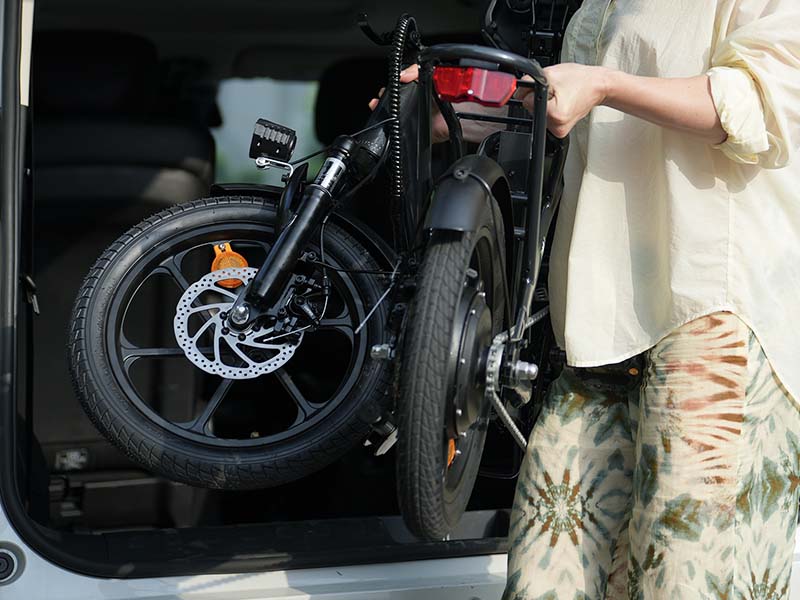
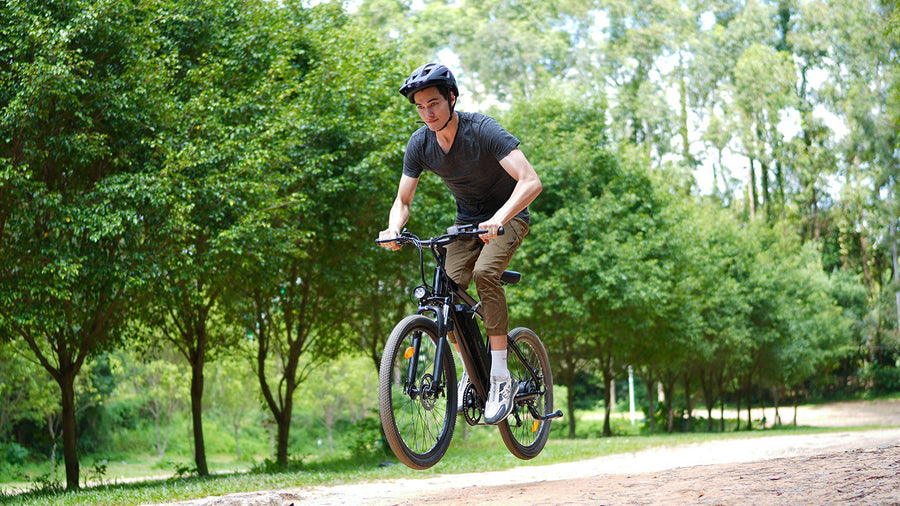








Article tags :
Leave us a message